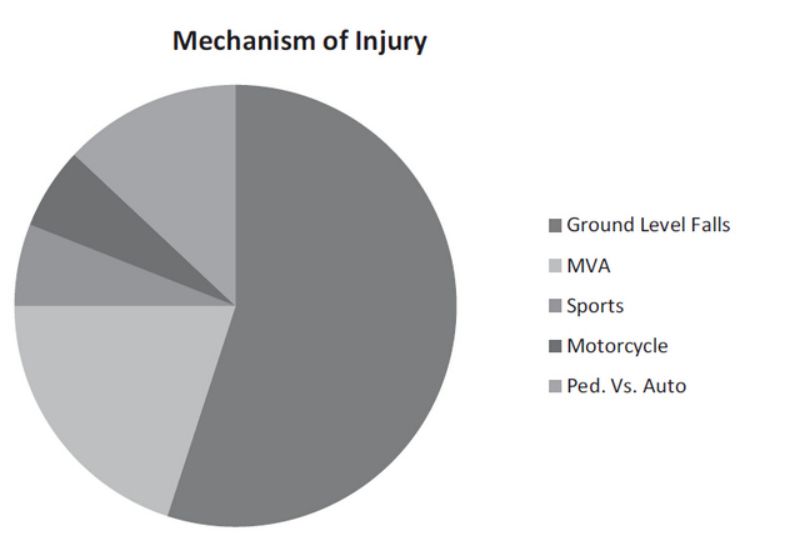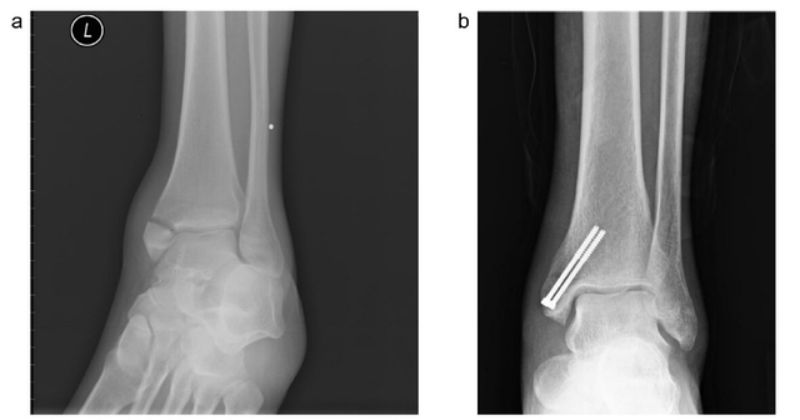Fractures of the inner ankle often require incisional reduction and internal fixation, either with screw fixation alone or with a combination of plates and screws.
Traditionally, the fracture is temporarily fixed with a Kirschner pin and then fixed with a half-threaded cancellous tension screw, which can also be combined with a tension band. Some scholars have used full-threaded screws to treat medial ankle fractures, and their efficacy is better than that of the traditional half-threaded cancellous tension screws. However, the length of the full-threaded screws is 45 mm, and they are anchored in the metaphysis, and most of the patients will have pain in the medial ankle due to the protrusion of the internal fixation.
Dr Barnes, from the Department of Orthopaedic Trauma at St Louis University Hospital in the USA, believes that headless compression screws can both fix internal ankle fractures snugly against the bone surface, reducing discomfort from protruding internal fixation, and promote fracture healing. As a result, Dr Barnes conducted a study on the efficacy of headless compression screws in the treatment of internal ankle fractures, which was recently published in Injury.
The study included 44 patients (mean age 45, 18-80 years) who were treated for internal ankle fractures with headless compression screws at Saint Louis University Hospital between 2005 and 2011. Postoperatively, patients were immobilised in splints, casts or braces until there was imaging evidence of fracture healing before full weight-bearing ambulation.
Most of the fractures were due to fall in standing position and the rest were due to motorbike accidents or sports etc (Table 1). Twenty-three of them had double ankle fractures, 14 had triple ankle fractures and the remaining 7 had single ankle fractures (Figure 1a). Intraoperatively, 10 patients were treated with a single headless compression screw for medial ankle fractures, while the remaining 34 patients had two headless compression screws (Figure 1b).
Table 1: Mechanism of injury



Figure 1a: Single ankle fracture; Figure 1b: Single ankle fracture treated with 2 headless compression screws.
At a mean follow-up of 35 weeks (12-208 weeks), imaging evidence of fracture healing was obtained in all patients. No patient required screw removal due to screw protrusion, and only one patient required screw removal due to a preoperative MRSA infection in the lower extremity and postoperative cellulitis. In addition, 10 patients had mild discomfort on palpation of the inner ankle.
Therefore, the authors concluded that the treatment of internal ankle fractures with headless compression screws resulted in a higher fracture healing rate, better recovery of ankle function, and less postoperative pain.
Post time: Apr-15-2024










